
Read More
Visiting Istanbul’s top attractions can be overwhelming, especially when faced with long lines and high costs at each site. You want to ex ...
Read More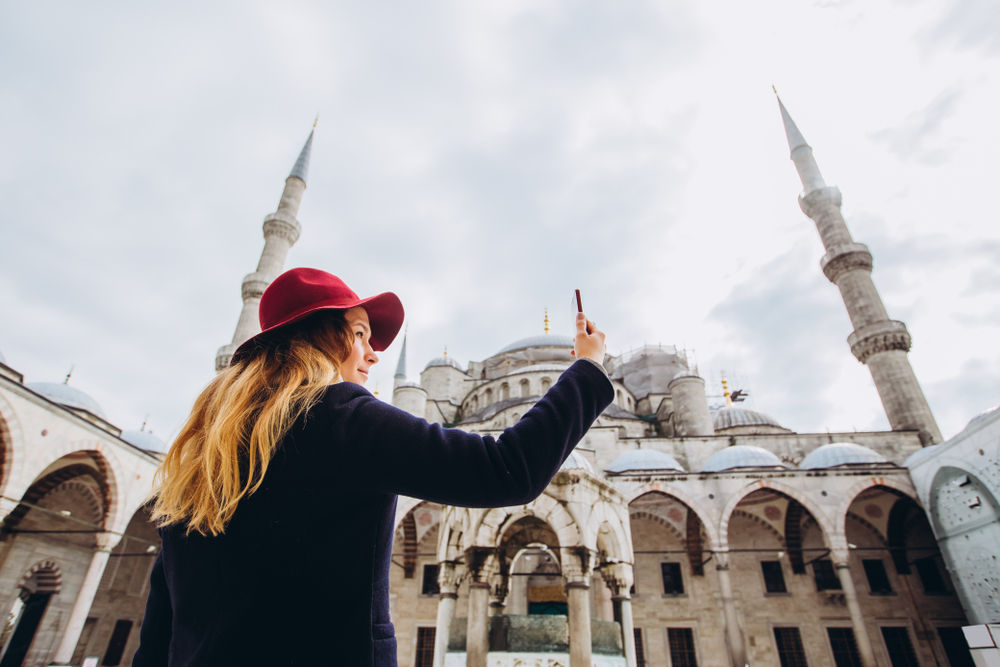
Istanbul’s rich cultural heritage spans centuries, yet with so much to see, it can be overwhelming to decide where to start. But with so many landmarks, museums, and cultural sites, deciding where to start can be overwhelming. Many visitors often focus on a few major attractions, missing out on the city’s deeper historical and cultural experiences. This guide will help you explore the rich cultural heritage of Istanbul—both iconic landmarks and hidden gems—giving you a fuller understanding of this remarkable city.
The must-see cultural landmarks in Istanbul include Hagia Sophia, the Blue Mosque, and Süleymaniye Mosque for their religious and architectural significance, Topkapi and Dolmabahçe Palaces for a glimpse into Ottoman imperial life, and the Grand Bazaar and Spice Bazaar for a vibrant local experience.
Istanbul’s religious landmarks are a testament to its layered history, blending Christian, Islamic, and secular influences.
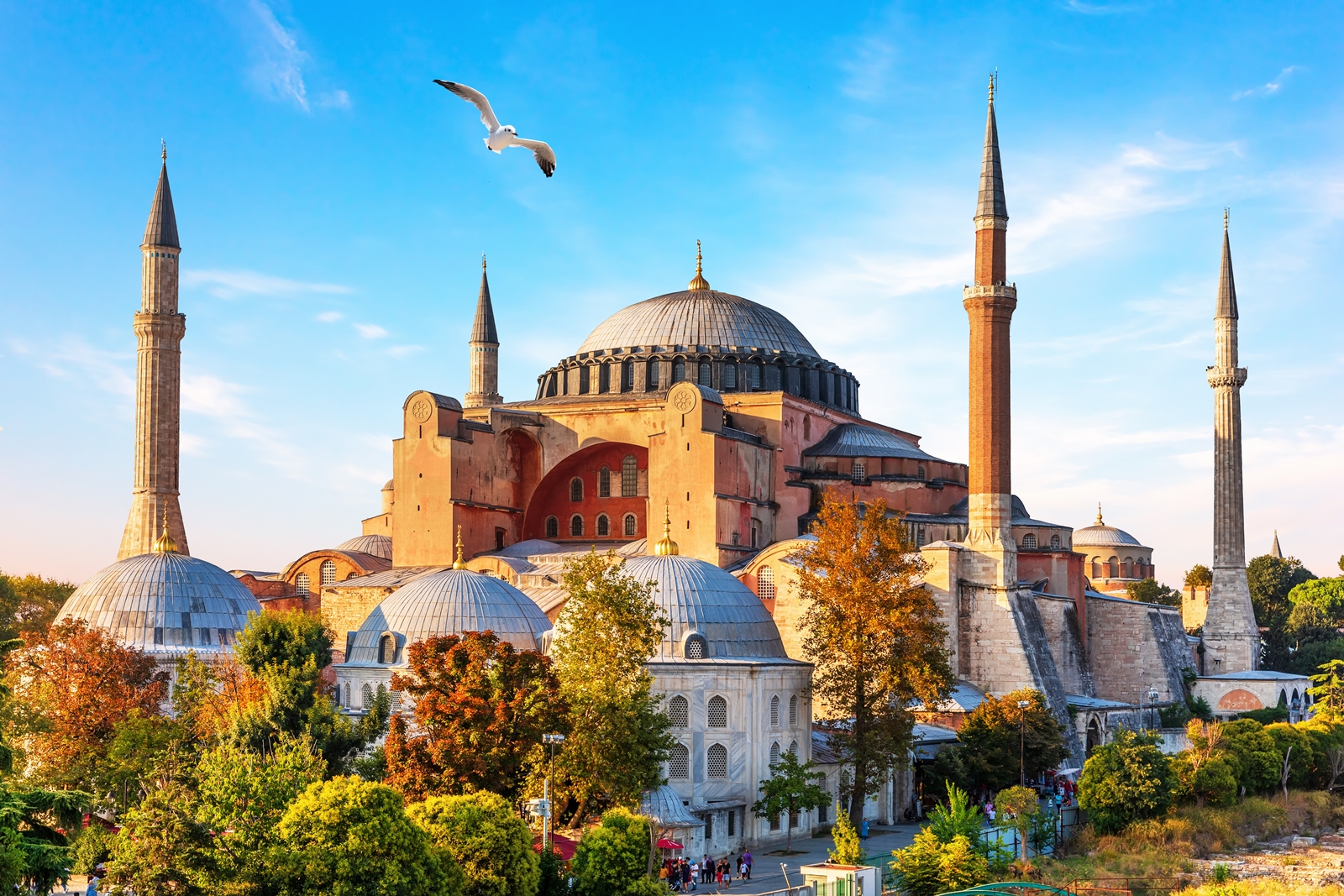
This iconic structure began as a Christian basilica, was converted into a mosque, and now stands as a museum. The Hagia Sophia showcases Byzantine architecture with its massive dome and intricate mosaics. Its rich history makes it a must-see for any cultural traveler.
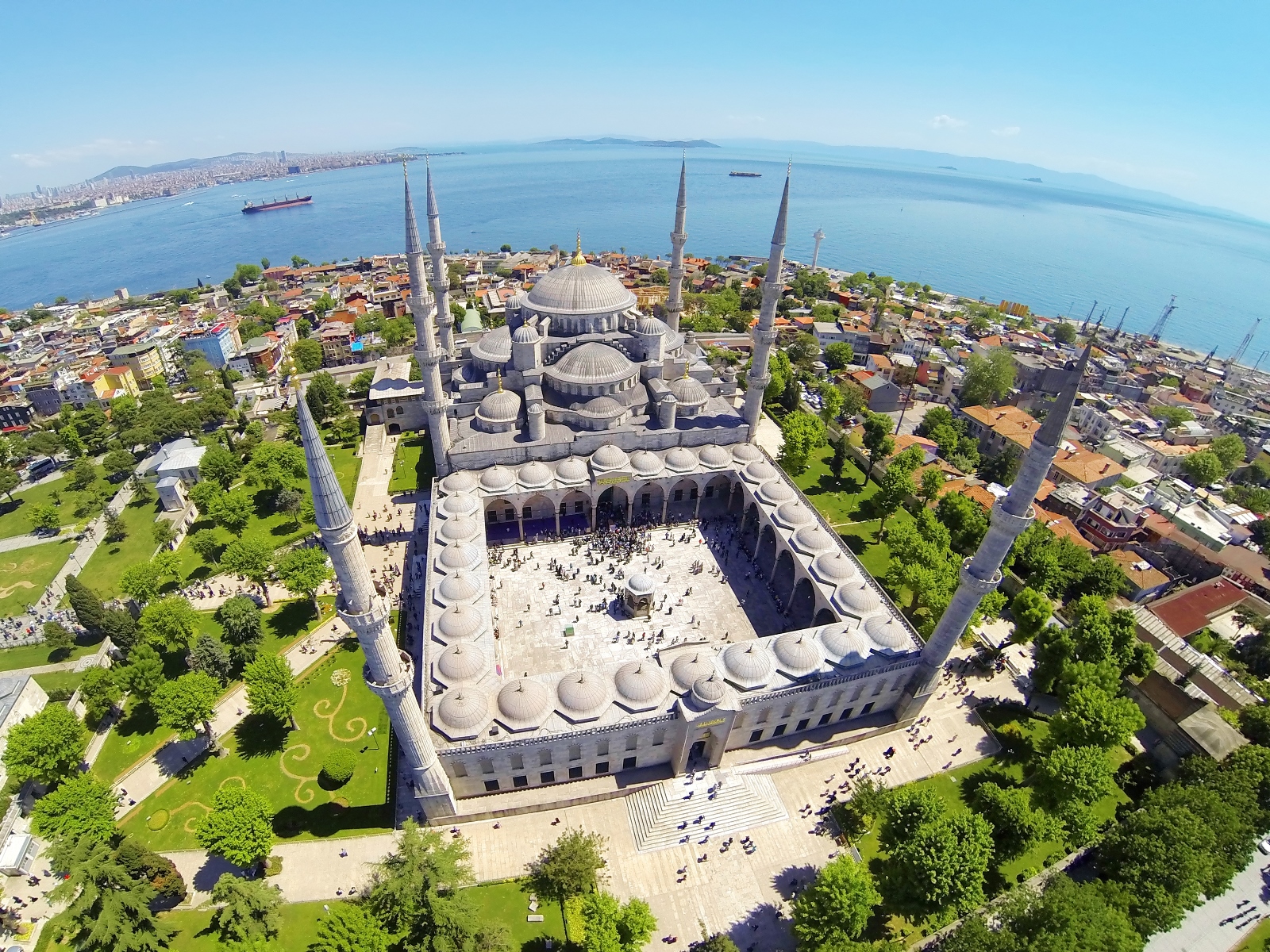
Directly across from Hagia Sophia, the Blue Mosque’s six minarets and stunning blue İznik tiles make it a wonder of Ottoman architecture. It remains an active mosque, so visitors are asked to respect prayer times and dress modestly.
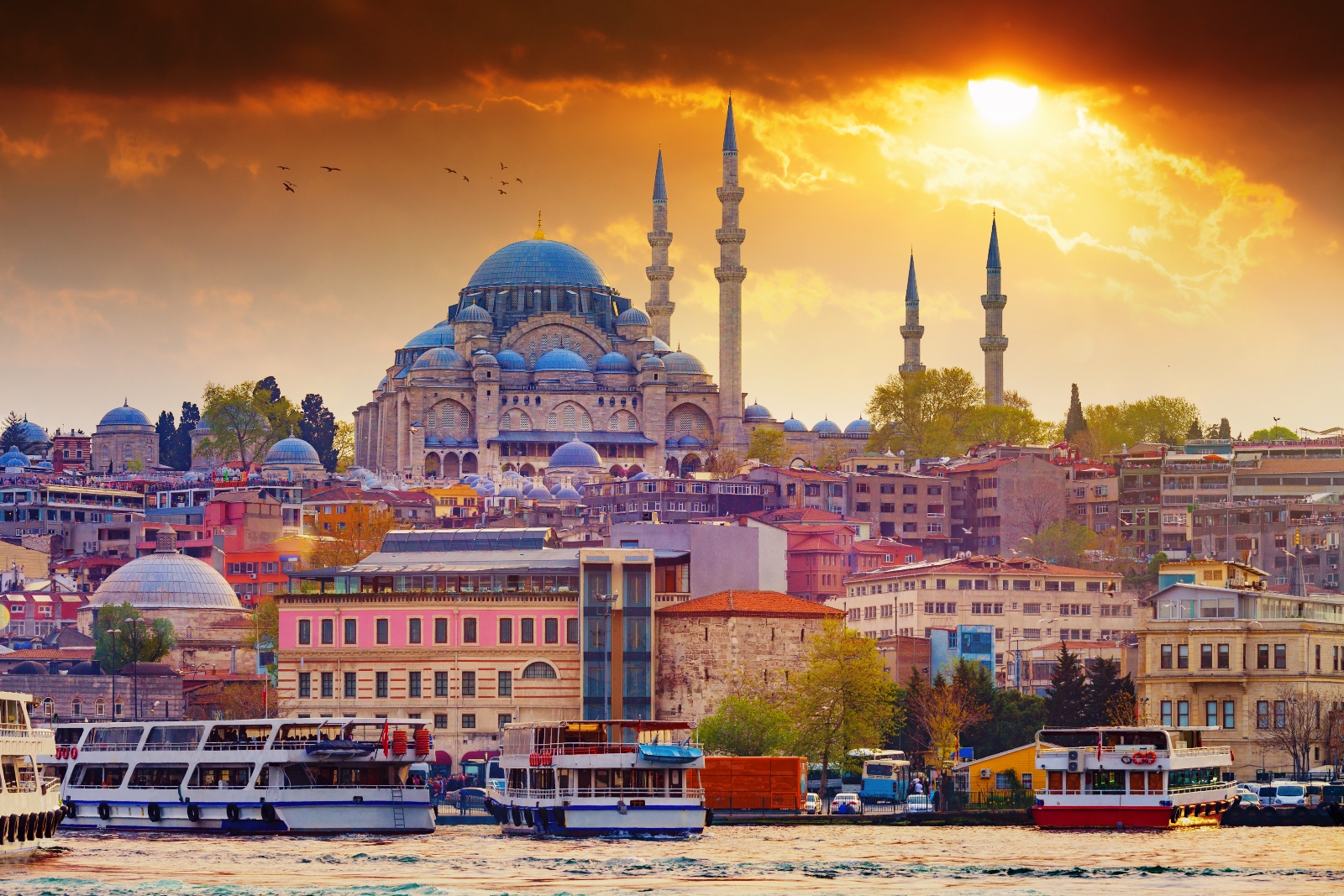
This grand mosque, designed by the famous Ottoman architect Mimar Sinan, offers both beauty and history. It’s less crowded than the Blue Mosque but equally impressive, with its majestic architecture and serene atmosphere.
Tucked away from the city center, this gem offers breathtaking mosaics and frescoes depicting biblical scenes. Once a Byzantine church, then a mosque, and now a museum, Chora Church offers a peaceful, off-the-beaten-path experience.
Istanbul’s palaces offer a glimpse into the lives of Ottoman sultans and their opulent lifestyles.
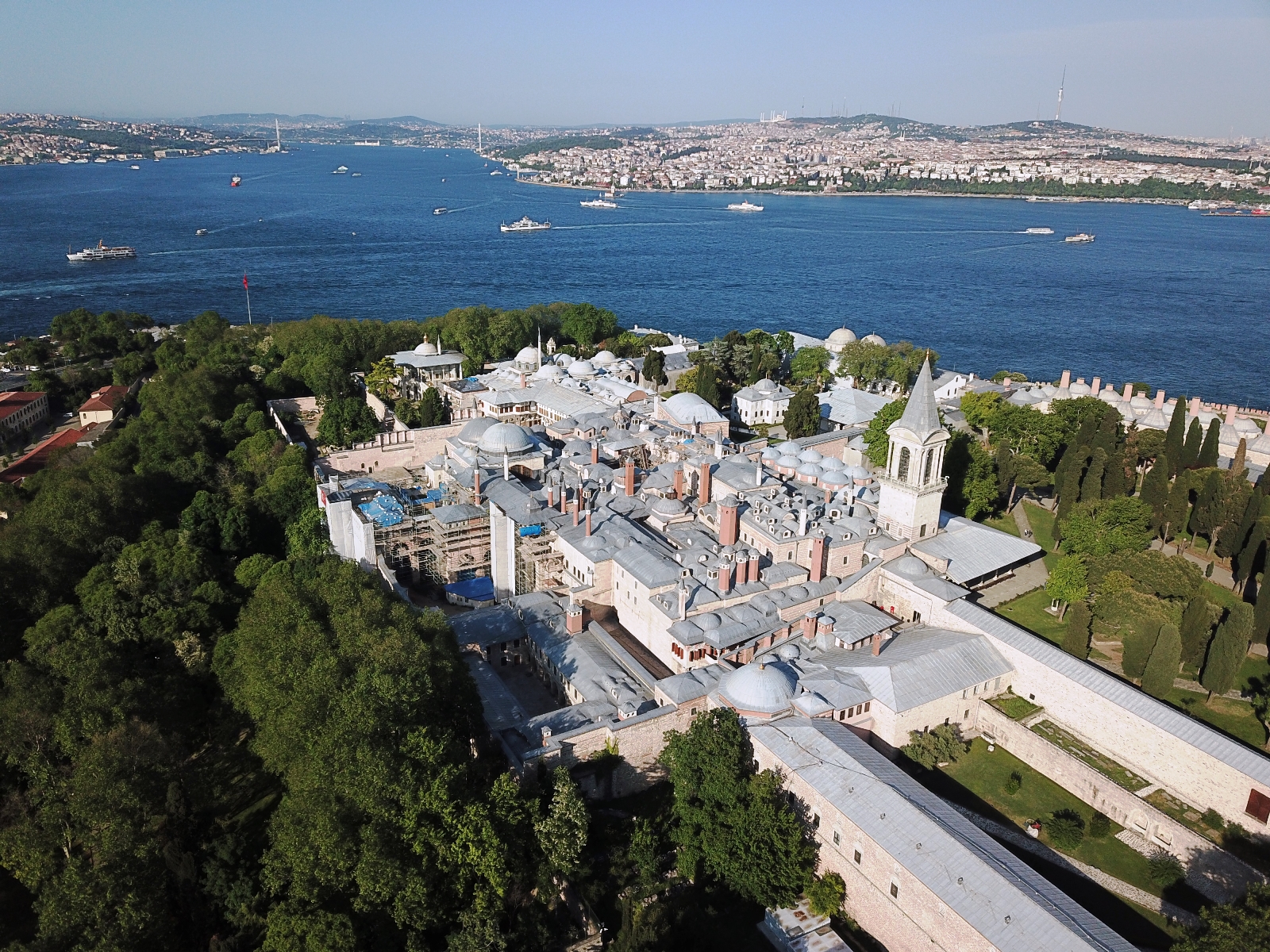
Once home to the Ottoman sultans, Topkapi Palace is a sprawling complex with lush courtyards, ornate chambers, and stunning views of the Bosphorus. Don’t miss the Imperial Harem, where the sultans’ families lived, and the palace treasury filled with jewels and artifacts.
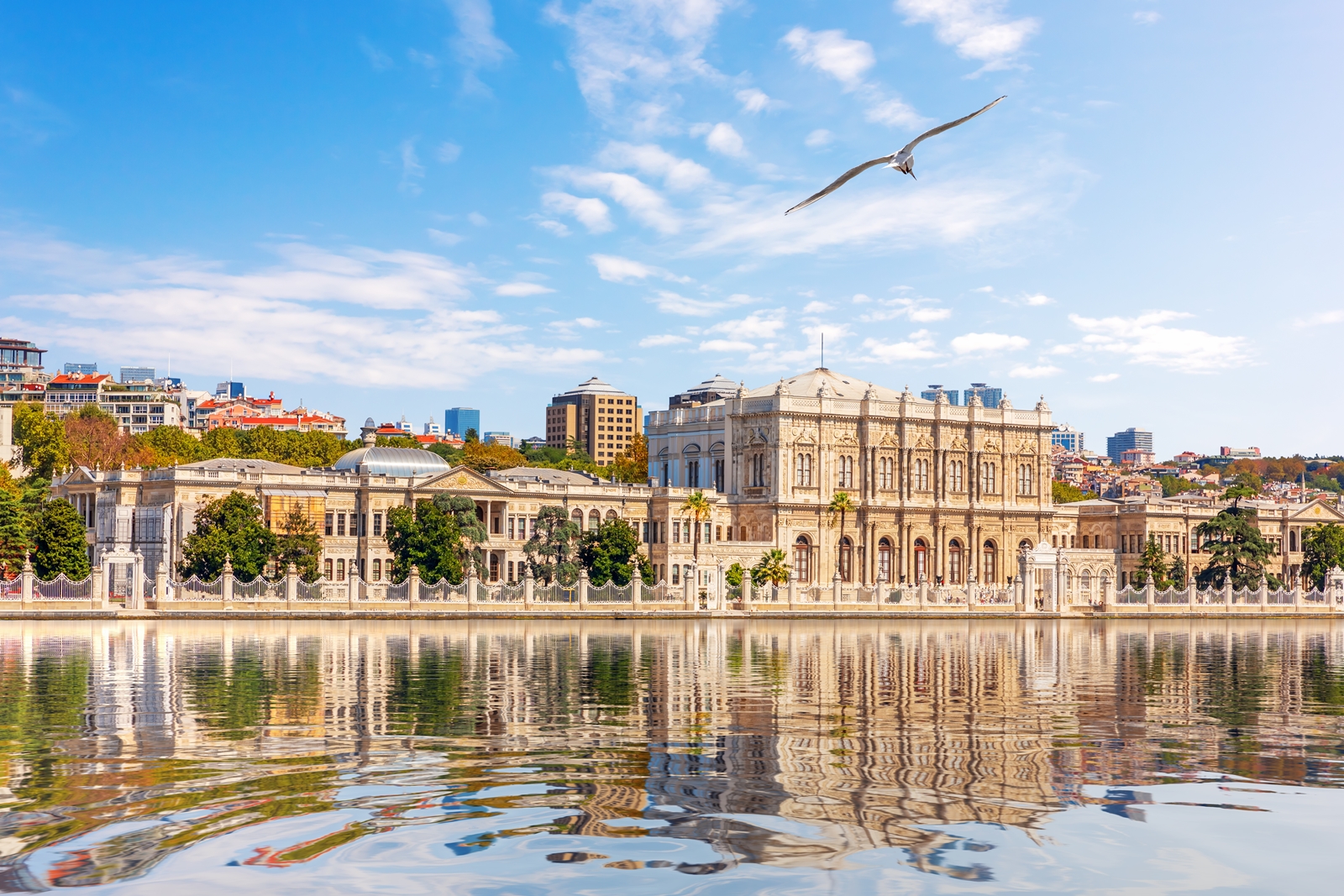
This 19th-century palace combines Ottoman and European architectural styles, offering a striking contrast to the older Topkapi Palace. With its grand halls and beautiful gardens, Dolmabahce Palace reflects the empire’s modernization.
Located on the Asian side of Istanbul, Beylerbeyi Palace is a quieter but equally beautiful destination. The palace is surrounded by scenic views of the Bosphorus and offers an elegant escape from the city’s hustle and bustle.
No cultural exploration of Istanbul is complete without diving into its vibrant markets and experiencing local traditions.
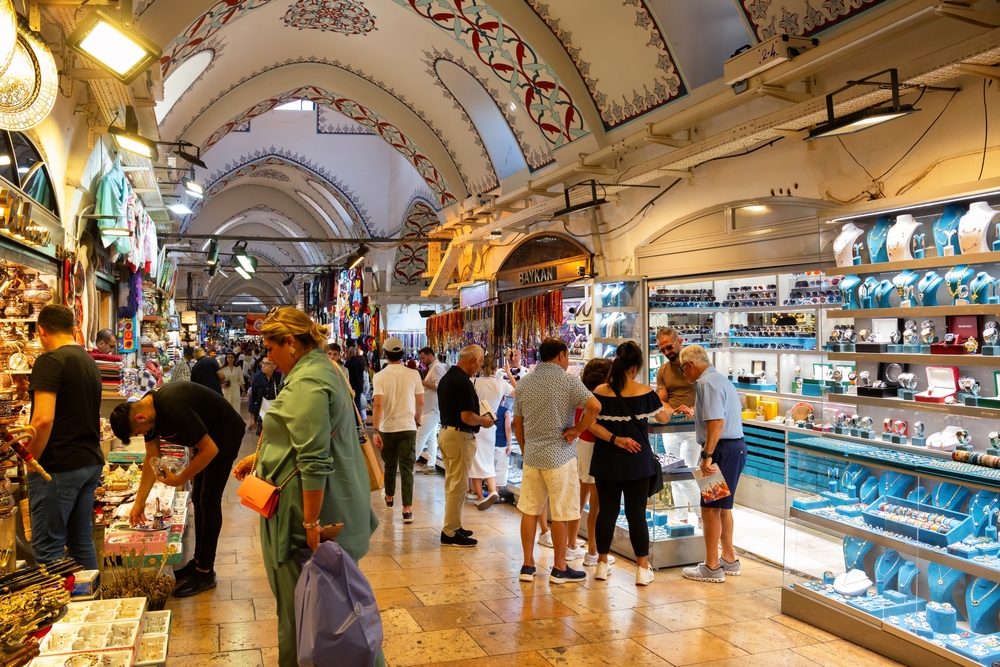
As one of the largest and oldest covered markets in the world, the Grand Bazaar is a sensory overload of colors, sounds, and smells. You can find everything from spices to handcrafted goods here, making it a shopper’s paradise.
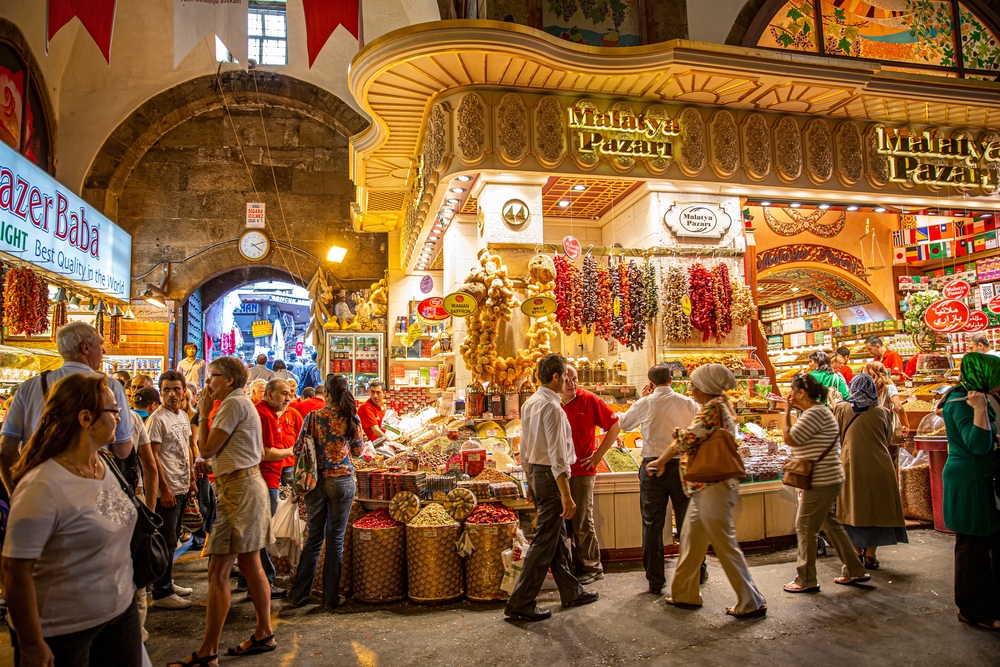
For food lovers, the Spice Bazaar is a must-visit. Sample Turkish delights, dried fruits, and exotic spices while soaking in the vibrant atmosphere.
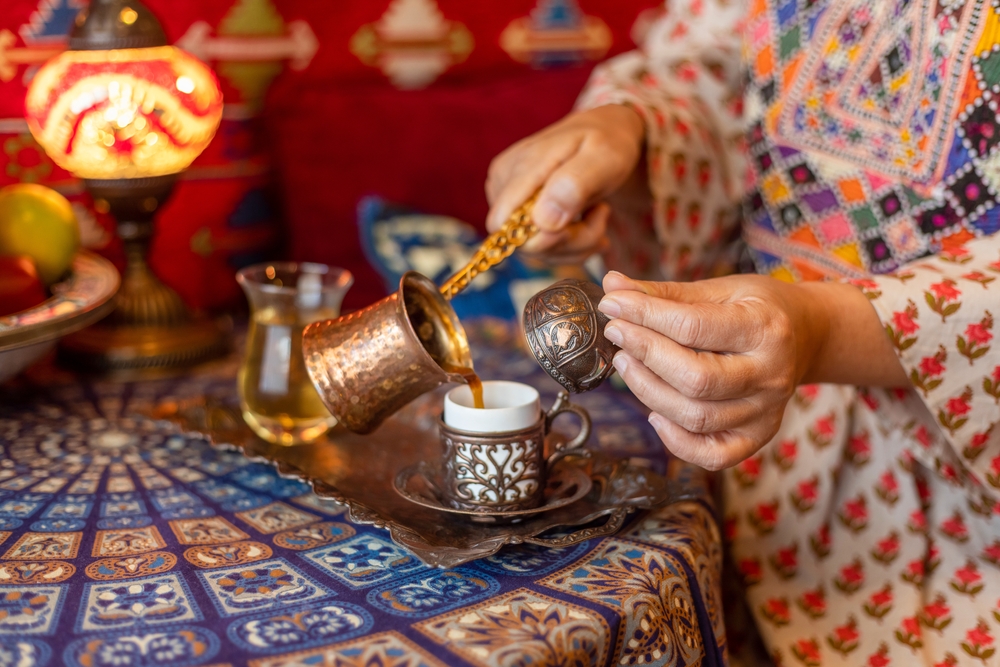
Visit a traditional tea house or coffeehouse to experience a central part of Turkish culture. Locals often gather to chat over cups of strong tea or rich Turkish coffee, offering a window into daily life.
Istanbul’s cultural heritage isn’t just above ground—its underground reservoirs offer a unique glimpse into the city’s past.
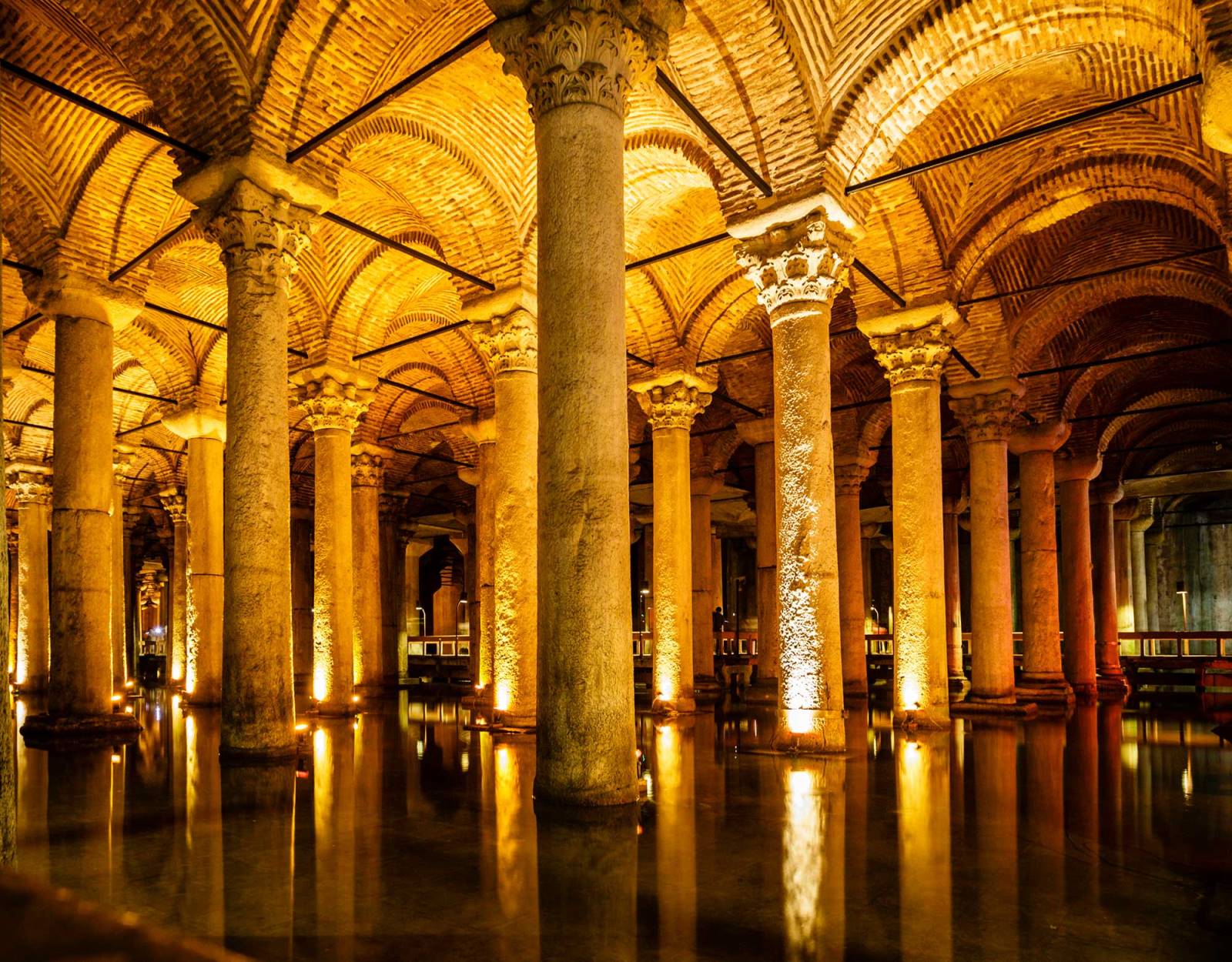
This ancient underground water storage system, the Basilica Cistern is one of Istanbul’s most atmospheric attractions. The dim lighting, mirrored reflections on the water, and the famous Medusa head columns create an eerie yet beautiful environment.
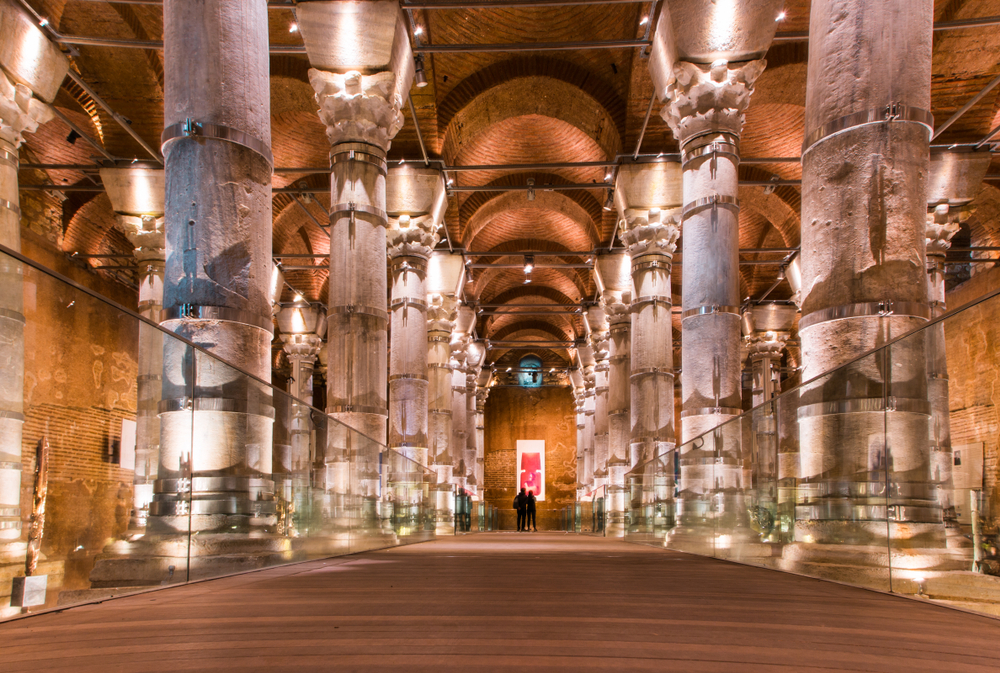
A hidden gem compared to the larger Basilica Cistern, Theodosius Cistern offers a quieter, more intimate look at Byzantine engineering. Its intricate columns and peaceful setting make it a great stop for history buffs.
Istanbul’s rich cultural heritage extends to its museums, which house treasures from past empires as well as contemporary works.
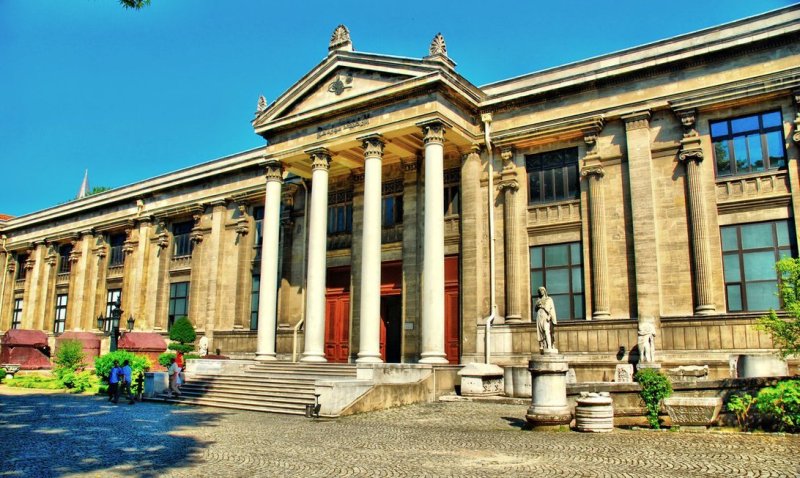
Located near Topkapi Palace, these museums are home to thousands of artifacts from ancient civilizations, including the famous Alexander Sarcophagus and the Treaty of Kadesh, one of the oldest known peace treaties.
For a more contemporary cultural experience, head to Istanbul Modern. This museum showcases Turkish and international modern art, offering a different perspective on the city’s artistic legacy.
Situated in the trendy Beyoğlu district, the Pera Museum features a variety of collections, including Orientalist art and ancient Anatolian artifacts. It’s a cultural gem that reflects both the city’s past and its evolving modern identity.
To fully enjoy Istanbul’s rich cultural experiences, it’s important to be mindful of local customs and practicalities.
The must-see cultural landmarks in Istanbul include Hagia Sophia, the Blue Mosque, Süleymaniye Mosque, Topkapi Palace, Dolmabahçe Palace, and the Basilica Cistern. These sites showcase the city’s diverse history, blending Byzantine, Ottoman, and modern influences.
You can visit Istanbul’s underground cisterns like the Basilica Cistern and Theodosius Cistern by purchasing tickets at the entrance or online. The Basilica Cistern is located near Hagia Sophia, while Theodosius Cistern is a short walk away in the Sultanahmet district.
Topkapi Palace and Dolmabahçe Palace are the best places to experience Ottoman architecture in Istanbul. Both showcase the grandeur and opulence of the Ottoman Empire, with intricate designs, expansive courtyards, and stunning views of the Bosphorus.
Hagia Sophia is significant because it represents the city’s religious and cultural transformations, having served as a Byzantine cathedral, an Ottoman mosque, and now a museum. Its unique architecture and history make it one of Istanbul’s most iconic landmarks.
When visiting mosques in Istanbul, both men and women should dress modestly, covering shoulders and knees. Women should also bring a scarf to cover their hair. Shoes must be removed before entering mosques, so wear easy-to-remove footwear.
You can purchase an Istanbulkart at kiosks, metro stations, or the airport. Load credit onto the card, and use it to tap into metros, trams, buses, and ferries across the city. It’s a cost-effective and convenient way to travel in Istanbul.
The Grand Bazaar and the Spice Bazaar are the best markets for traditional Turkish goods. You can find everything from spices, textiles, and ceramics to jewelry and souvenirs, all in a vibrant, bustling atmosphere.
The best times to visit Istanbul’s historical sites are during the spring (April-May) and fall (September-October) when the weather is mild, and the tourist crowds are smaller. Early mornings and weekdays also provide a more relaxed experience.
Experience Istanbul’s tea and coffee culture by visiting traditional tea houses and coffeehouses. Enjoy a cup of Turkish coffee at a historic café like Mandabatmaz, or sip on Turkish tea at a local tea garden along the Bosphorus.
You can explore Istanbul’s cultural heritage on your own, as many landmarks are accessible and have information available in multiple languages. However, hiring a guide or joining a tour can provide deeper insights into the history and significance of the sites.
Istanbul’s cultural heritage offers a journey through time, blending the ancient with the modern, the East with the West. From exploring its grand mosques and palaces to wandering through bustling bazaars and quiet underground cisterns, this city’s diverse cultural landscape is as enriching as it is captivating. Don’t just scratch the surface—dive deep into Istanbul’s rich history and uncover its hidden stories, adding a new layer to your cultural exploration.
Ready to experience the rich cultural heritage of Istanbul? Start planning your journey today and discover the city’s most iconic landmarks and hidden gems.

Visiting Istanbul’s top attractions can be overwhelming, especially when faced with long lines and high costs at each site. You want to ex ...
Read More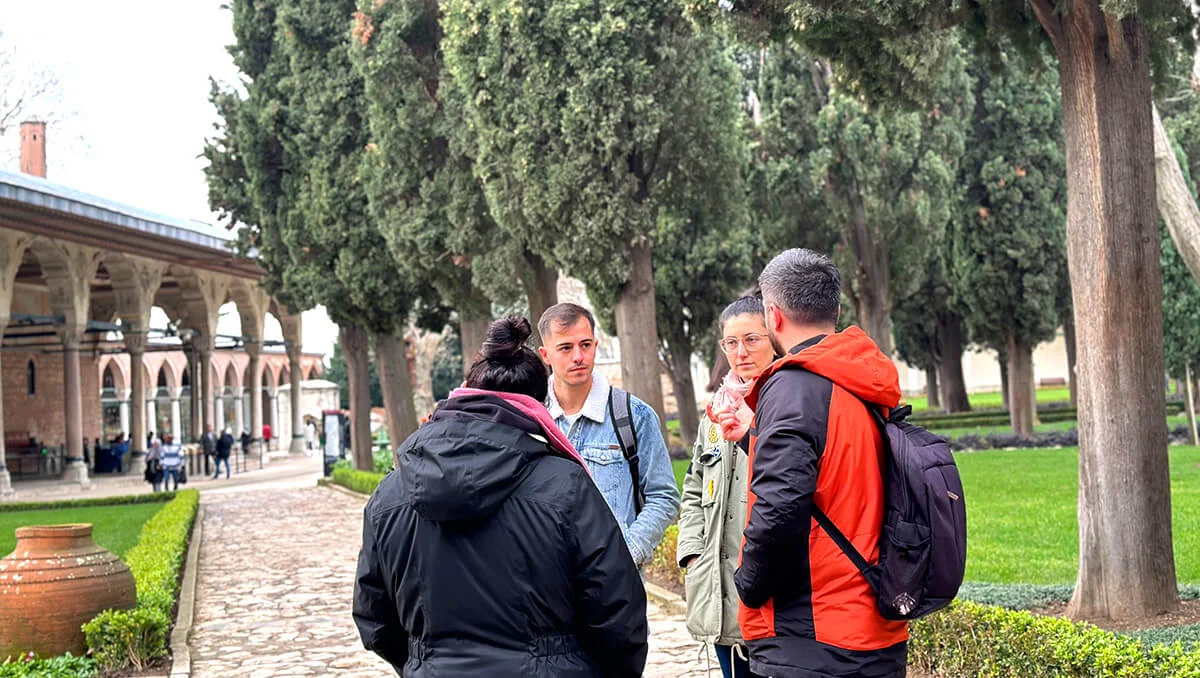
Visiting Istanbul’s top attractions can be overwhelming, especially when you’re dealing with long lines, individual ticket costs, an ...
Read More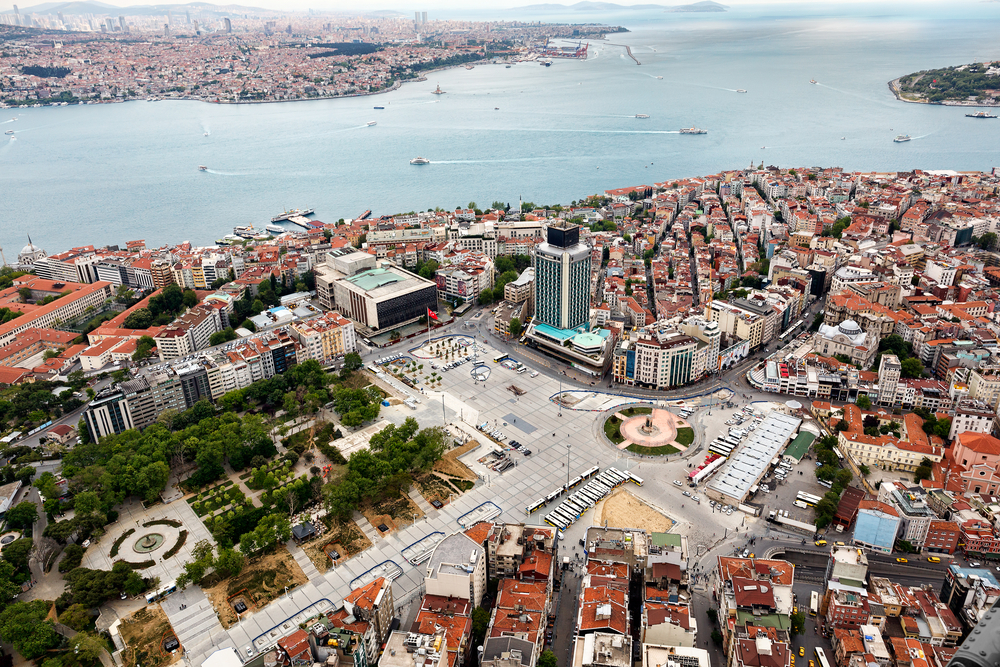
Choosing where to stay in Istanbul can be overwhelming, especially for first-time visitors. With so many unique neighborhoods, each offeri ...
Read More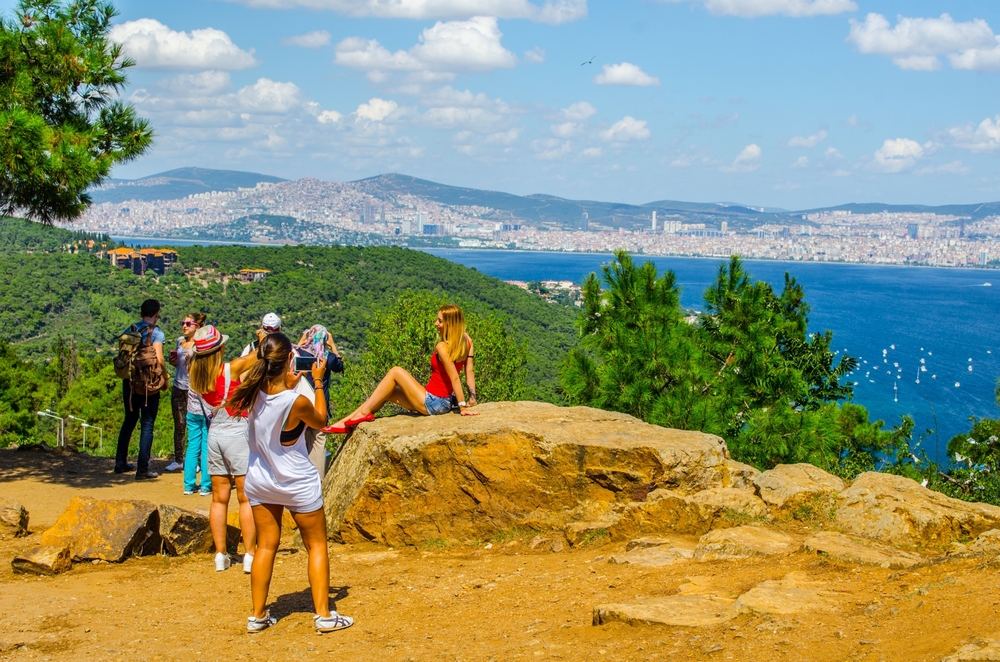
Planning a weekend in Istanbul can be overwhelming with so much to see and do. You might worry about missing out on must-see attractions o ...
Read More
Staying connected while traveling in Istanbul is essential for navigation, communication, and sharing your experiences. However, figuring ...
Read More2024 MegaPass by
